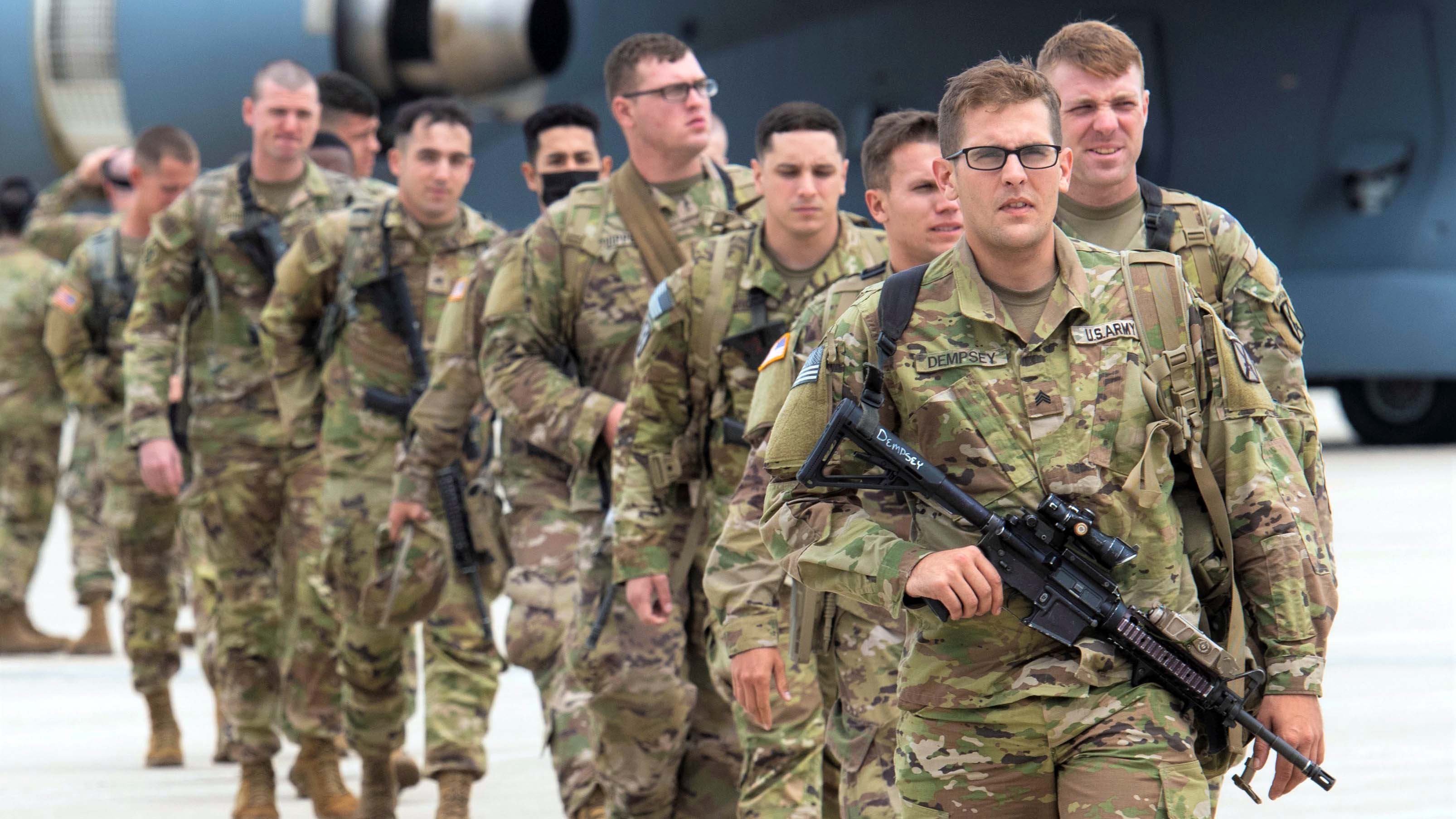Army Seeks to Improve How it Recruits, Manages Talent
Army Seeks to Improve How it Recruits, Manages Talent

In her first congressional testimony as the Army’s top personnel official, Agnes Schaefer outlined her three priorities for the force.
“My three priorities are readiness, including quality of life and prevention of harmful behaviors; manning the Army of 2030; and the strategic modernization of our personnel policies, processes and systems across the entire spectrum of our Army people strategy,” said Schaefer, who has served as the assistant Army secretary for manpower and reserve affairs since December.
Testifying March 15 before the Senate Armed Services personnel subcommittee, Schaefer said she brings deep expertise to the job. She was a senior adviser to the deputy defense secretary and undersecretary of defense for personnel and readiness, and she was a senior national security researcher at the Rand Corp.
During her 17 years at Rand, where she also was the associate director of its International Security and Defense Policy Center, Schaefer conducted more than 60 studies for the most senior civilian and military leaders in DoD on issues such as military personnel policy, reserve component issues and challenges facing military families.
“My focus every day for years has been on improving our Army’s readiness to meet the objectives of our national security strategy, and to improve the lives of our active and reserve component members and their families,” Schaefer told lawmakers. “In my current role, these continue to be my focus in service of our soldiers, civilians and their families.”
Schaefer outlined her three priorities in her testimony.
Readiness will ensure the Army will “have the ability to project combat power wherever, whenever it’s required,” Schaefer said.
Manning the Army of 2030 will require not only weapon systems and doctrine, but “the people who have the appropriate skills and competencies for tomorrow, not just today,” she said.
Finally, strategic modernization of the Army’s personnel policies and processes includes how the service recruits and hires, how it grows, employs and manages talent, and how it creates a workplace culture that allows people to thrive and want to grow their careers in the Army, she said.
The Army needs highly trained, resilient and healthy teammates across the total force, Schaefer said.
“The Army’s mission remains unchanged, to fight and win our nation’s wars,” Schaefer said. “We are building the Army of 2030, and in doing so taking care of our people because they are the foundation of our great Army and our No. 1 priority.”

